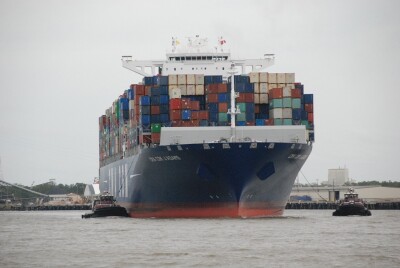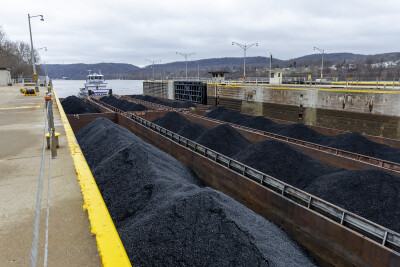Shipments of limestone on the Great Lakes reached 28.3 million tons in 2024, a 3.9% decline from 2023, according to the latest data from the Lake Carriers’ Association (LCA), a trade group representing the U.S.-flag laker fleet. This total was also 2.9% below the five-year average.
Shipments from U.S. quarries fell 3.4% year-over-year to 22.8 million tons, LCA reported. This figure was 2.4% below the five-year average for U.S. quarry shipments.
Meanwhile, shipments from Canadian quarries totaled 5.4 million tons, a 5.7% decrease from 2023 and 5% below the five-year average, LCA said.
Limestone shipped on the Great Lakes is primarily used in construction, as aggregate for roads, concrete production, and as a flux in steel manufacturing.
In the U.S., limestone is shipped from ports in Calcite, Cedarville, Drummond Island, Port Inland, and Presque Isle, Mich., as well as Marblehead, Ohio. In Canada, it is shipped from Bruce Mines, Manitoulin Island, Port Colborne, and Smelter Bay, all in Ontario.
In addition to limestone, bulk carriers on the Great Lakes transport iron ore, coal, cement, and other dry bulk materials such as salt, sand and grain. According to LCA, the U.S.-flag Great Lakes fleet moves more than 90 million tons of cargo annually.


.JPG.medium-cropped.800x500.jpg)


